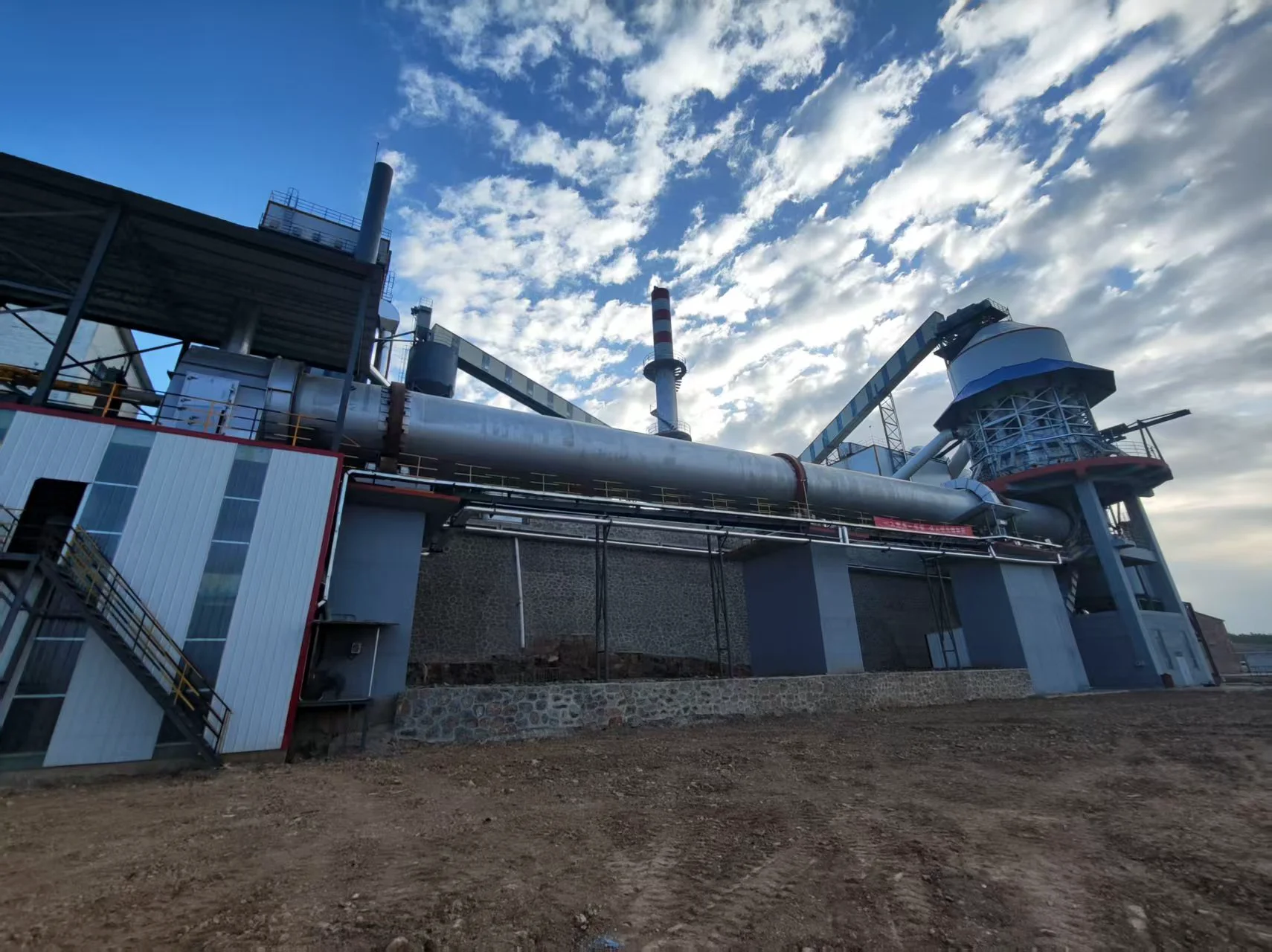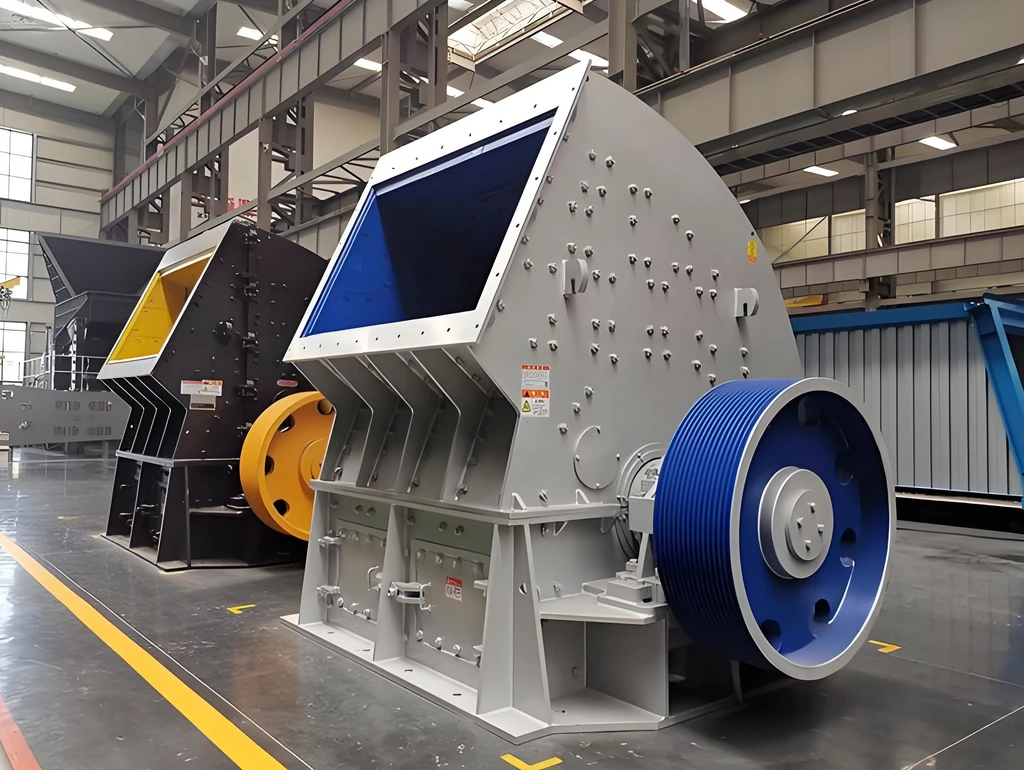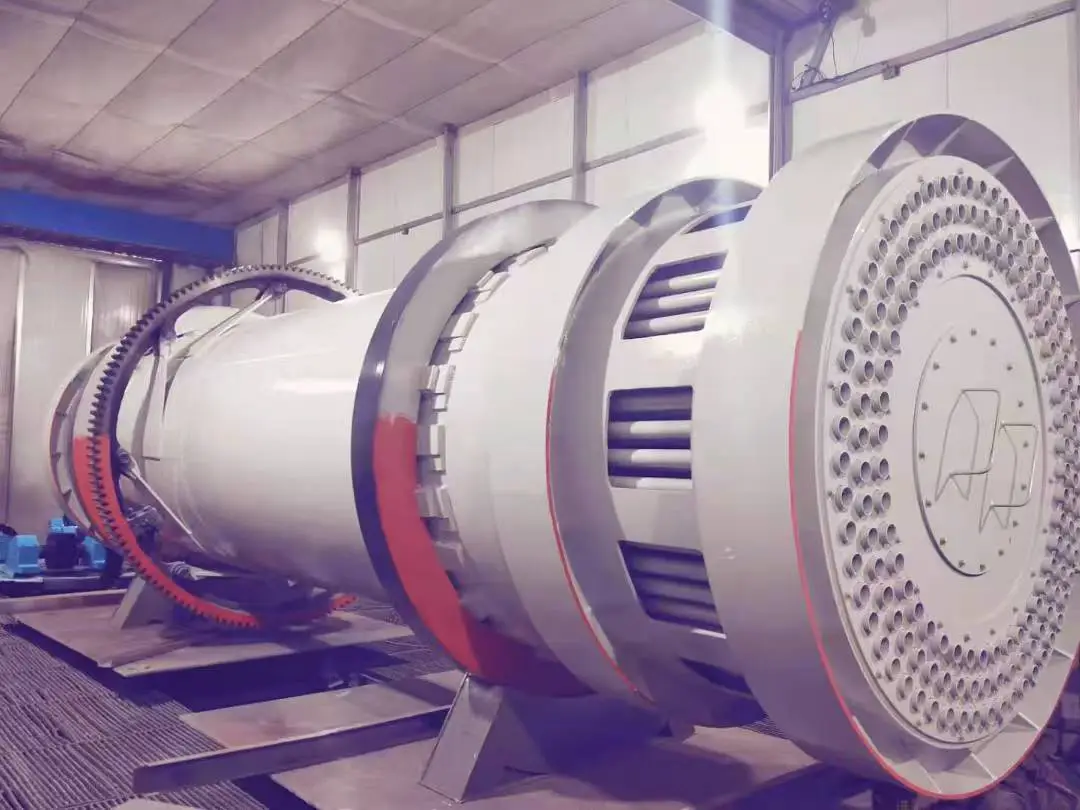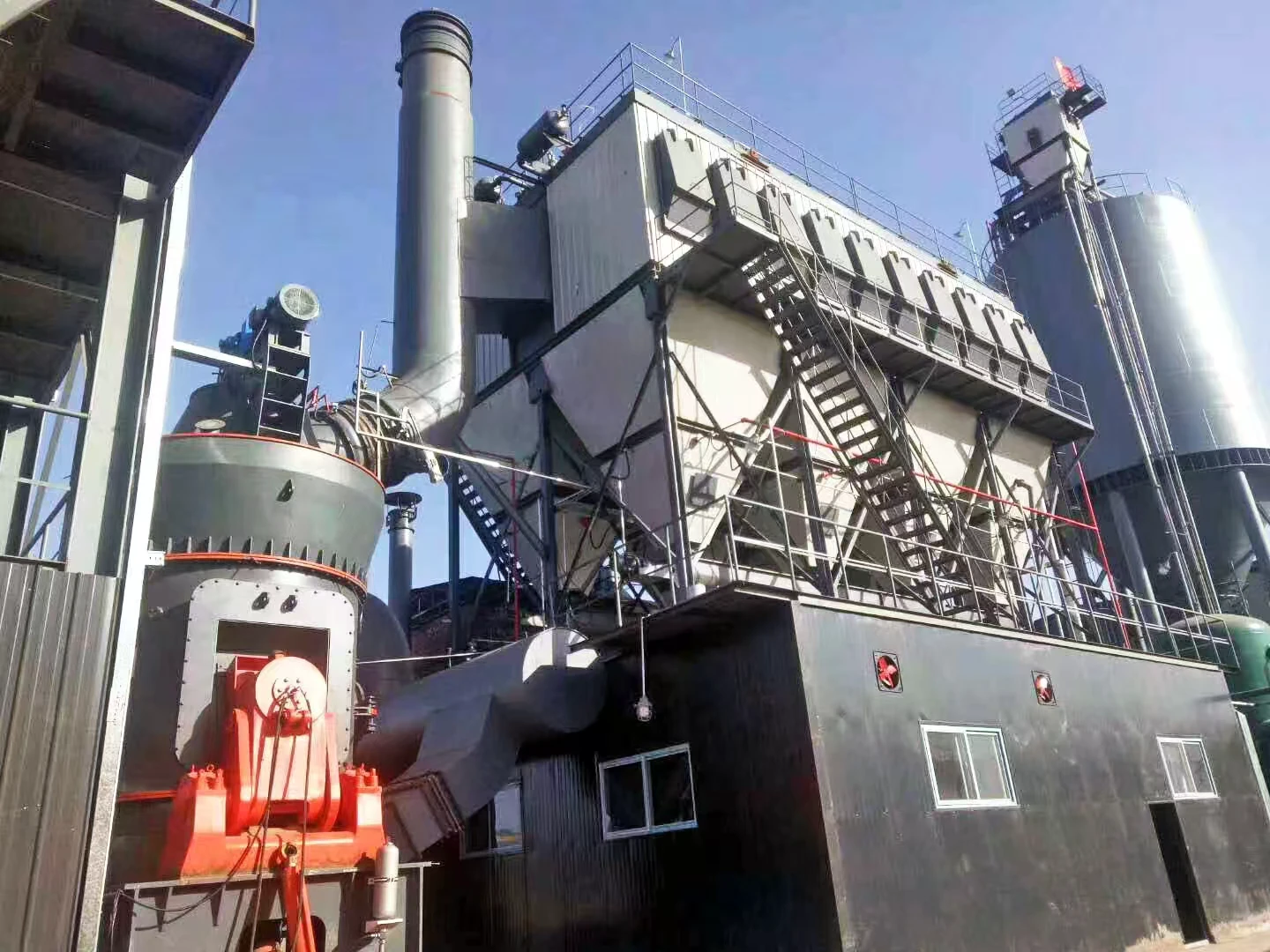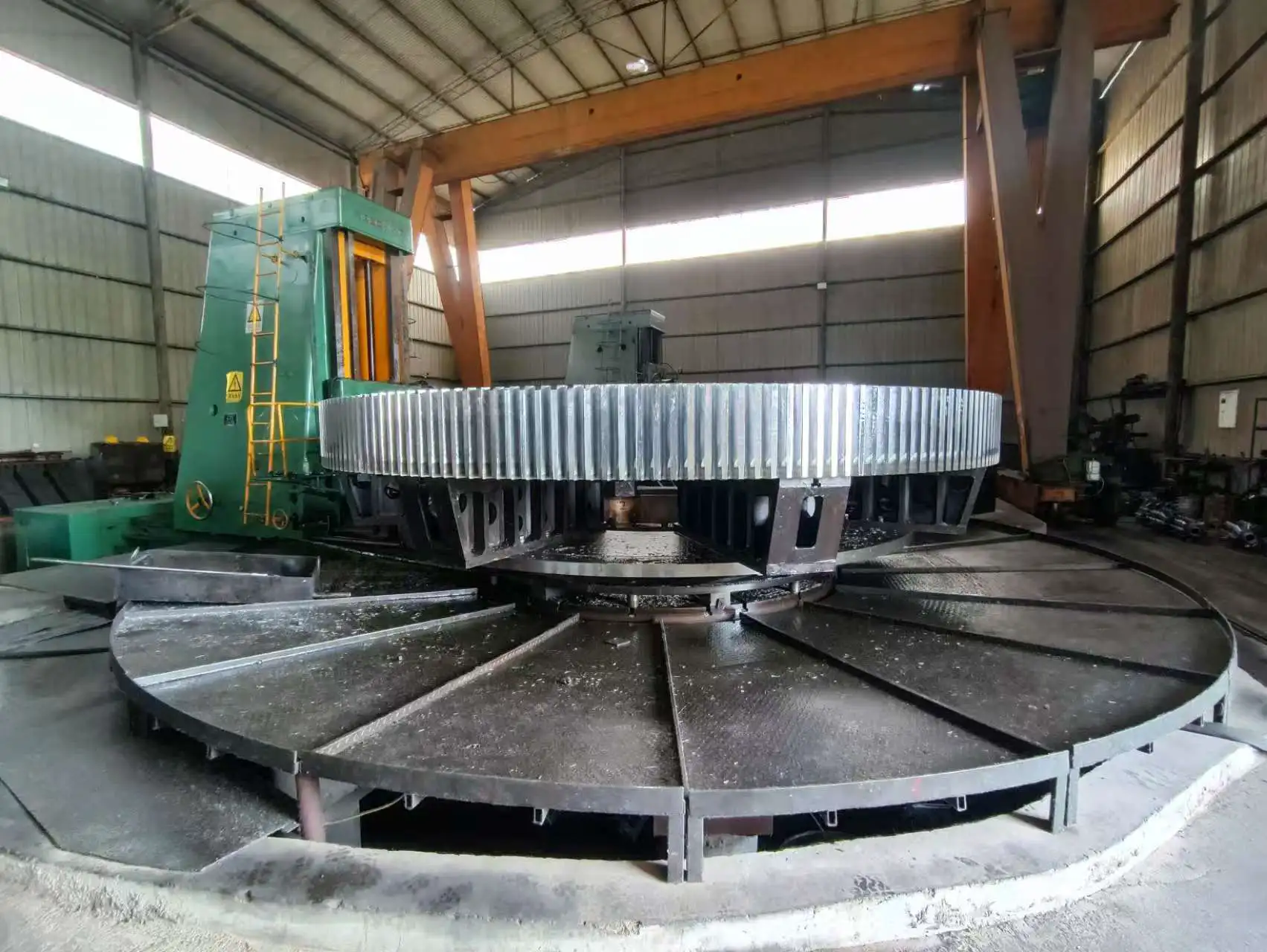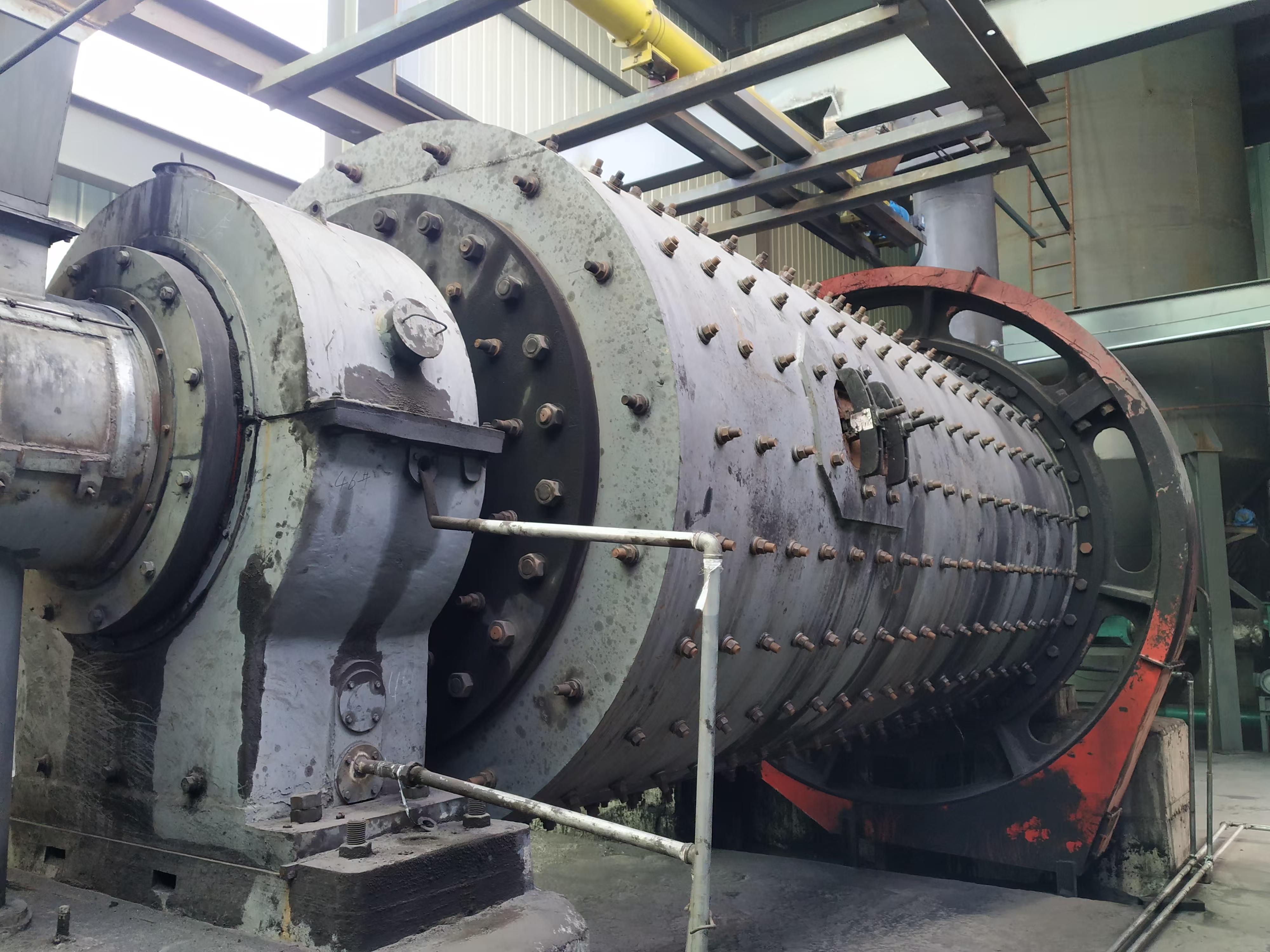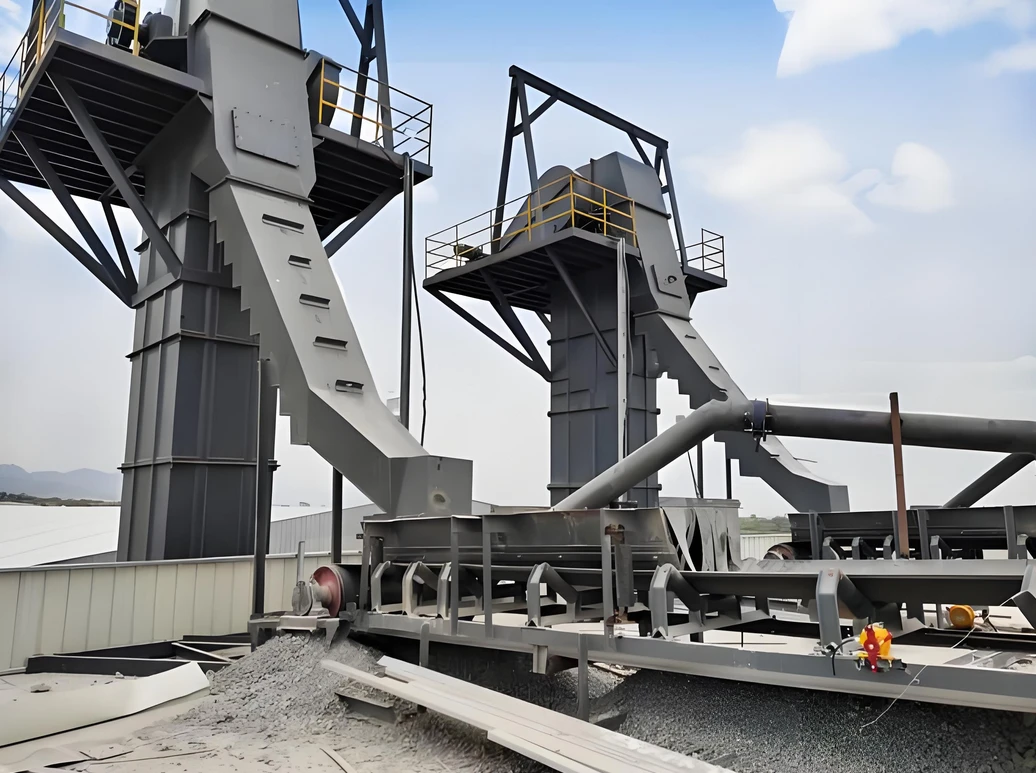4. Causes and treatment measures of kiln balling
The main causes of kiln balling are: raw material composition fluctuations, excessive liquid phase; unstable feeding, resulting in high and low temperatures at the kiln tail and decomposition furnace, which are difficult to control; high equipment failure rate and frequent shutdowns; high content of harmful components such as sulfur, chlorine, and alkali in raw and fuel materials; large fluctuations in coal powder quality and poor homogenization effect; uneven kiln ash addition; operator negligence, improper temperature control or long-term slow operation, etc. The following measures can be taken to prevent and treat kiln balling.
(1) Preventive measures. First, a suitable batching scheme can be selected to stabilize the raw material composition. Generally, raw materials with high lime saturation coefficient and high silicon content are not prone to balling, and the clinker quality is relatively good, but this material is more refractory and has higher operating requirements. If the raw material has a low lime saturation coefficient and a low aluminum content, its sintering range is relatively narrow, the liquid phase is relatively large, and the particles are coarse, which will cause balling if not handled with care. Therefore, in production, try to choose a two-high and one-medium batching scheme, that is, high KH, high SM, and medium IM. This batching is easy to operate and the clinker quality is relatively stable. Second, try to use raw materials with low harmful components, especially coal; strengthen the homogenization of coal, and reduce the fineness of coal powder as much as possible while meeting production requirements; strengthen the mixing of wind and coal during calcination, and try to avoid incomplete combustion caused by too coarse coal powder; if coal powder with low volatile content is used, because of its slow ignition speed, long burning time, and unconcentrated fire intensity, the fineness and moisture of coal powder should be reduced as much as possible.
(2) Treatment measures. If material balls have been formed in the kiln, a comprehensive analysis of the causes of ball formation should be conducted, samples should be taken for testing, and a full chemical analysis of the ball core and ball shell should be conducted separately to find the cause and prescribe the right medicine. If the balls are relatively small, the ventilation in the kiln should be appropriately increased to make the flame smooth, but attention must be paid to the control of the temperature at the end of the kiln so that it is not too high; the use of coal at the head of the kiln can be slightly reduced, but the complete combustion of the coal powder must be ensured, and the feeding amount must be appropriately reduced, and the kiln speed can be slightly reduced to allow the balls in the kiln to roll into the burning zone; after the balls reach the burning zone, the kiln speed can be reduced again, and a high fire can be used to burn them down or burn them small in a short time to avoid clogging or damaging the grate plate when they enter the cooler, but special attention should be paid to the kiln skin at this time. If the balls are large, the hot and cold alternating method can be used for treatment; when the balls are not easy to move forward into the burning zone in the transition zone, the coal injection pipe can be extended in, the feeding amount can be appropriately reduced, and the coal pipe can be pulled out after burning for 1 to 2 hours and then burned for another 1 to 2 hours, and this cycle can be repeated until the balls break; if it is really impossible to break them, the kiln can be stopped for cooling for 1 to 2 hours and then ignited and heated to allow the balls to break due to the large temperature difference. Note that during the processing, large material balls should not be allowed to roll into the cooler, otherwise it will cause great damage to the cooler; in addition, the temperature at the kiln tail should not be too high to avoid the small material balls appearing one after another.
5. Treatment of ring formation
Ring formation is divided into front ring formation and rear ring formation, which are generally formed when the kiln speed is slow.
(1) Treatment of front ring formation. When the front ring formation is not high, it has little effect on the calcination operation, but it will increase the thickness of the fired material layer and prolong the residence time of the material in the firing zone; when the front ring formation is relatively high, it will have a greater impact on the kiln condition or thermal system, causing the ventilation in the kiln to deteriorate, there will be positive pressure at the kiln head, the flame cannot extend into the kiln and the shape of the flame is not good; large pieces of clinker are not easy to roll out, which is easy to damage the kiln skin, etc. During the treatment, as long as the coal injection pipe is pulled out, the high temperature is concentrated at the position of the ring formation, and the front ring formation can be gradually burned off.
(2) Treatment of rear ring formation. The rear ring is mainly formed between the burning zone and the transition zone, which will affect the ventilation, output and quality of the entire system. The hot and cold alternation method is usually used for treatment. Among them: when the rear ring is long but not high, just pull the coal injection pipe outward, adjust the flame shape, and make the flame thick and short, so as to reduce the temperature at the ring and make it gradually collapse (this method is called cold burning method); if the ring has grown high and seriously affects the ventilation in the kiln, the feed amount should be reduced first (about 80% of the normal feed amount), and the hot and cold alternation method should be used to burn for about 2 hours each until the ring is burned down. In the latter case, there will often be a lot of raw material powder accumulated behind the ring. When the ring collapses, it will quickly rush to the burning zone. At this time, the coal injection pipe should be pulled out in time, the kiln speed should be slowed down (usually called pre-slow car), and the exhaust should be appropriately closed to concentrate the firepower intensity in the burning zone to try to avoid the occurrence of raw material running or long-burned materials.




